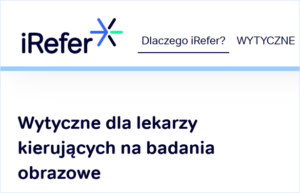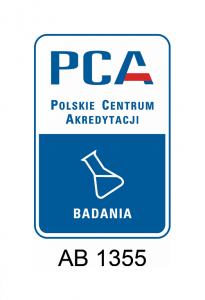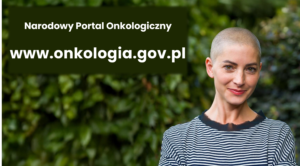Communication of the medical staff with the patient
In recent years, there have been changes in health protection standards, which consist in moving away from the so-called medical paternalism. In order to improve the quality of health care professional communication between the physician (and other medical staff members) and the patient becomes particularly important. The model of “patient-centered care” in many countries currently recognized as a standard approach that is giving the patient an increasing degree of autonomy and taking into account the patient’s perspective by the physician, respecting his needs and values. Thanks to the ability to communicate in an understandable way and to show respect and commitment to the patient, it is possible to establish contact that inspires trust in the patient, what in turn positively translates not only into patient satisfaction, but also into the quality of the examination and the results of the treatment itself.
The patient may feel concern and uncertainty about medical exposure related to the use of radiological procedures impact on his health, that why appropriate understanding in the physician-patient relationship is important in that situation.
“If it is possible, before performing a medical exposure, the attending physician ensures that the patient, his statutory representative, a person authorized by him and the caregiver receives appropriate information on the benefits and risks of exposure” (Atomic Law Act: art. 33i sect. 4).
In this context, the physician-patient interaction cannot be limited to persuading the patient to sign a consent form to undergo a given procedure or examination. Informed consent should be the result of a joint decision. In addition to medical expertise, the physician (or other specialist) should have the skills and resources to discuss the benefits and risks of medical radiation exposure with the patient in a manner that is understandable to the patient. To meet the need for knowledge on risk communication, more and more national and international organizations publish reports and guides (e.g. WHO, 2016; SCoR, 2019), which contain tips and tools that can facilitate professional dialogue with patients and their families for healthcare professionals.
WE INVITE
people and organizations interested in the described topic
TO COOPERATE WITH US.
e-mail: marcin.drabek@nullkcor.gov.pl
References:
Atomic Law Act
https://isap.sejm.gov.pl/isap.nsf/download.xsp/WDU20010030018/U/D20010018Lj.pdf
World Health Organization (2016) Communicating radiation risks in paediatric imaging: information to support health care discussions about benefit and risk. Translation and publication of the Polish edition: National Centre for Radiological Protection in Health Care, 2025. https://www.who.int/publications/i/item/978924151034
The Society and College of Radiographers (2019) Communicating Radiation Benefit and Risk Information to Individuals Under the Ionising Radiation (Medical Exposure) Regulations (IR(ME)R). https://www.sor.org/learning-advice/professional-body-guidance-and-publications/documents-and-publications/policy-guidance-document-library/communicating-radiation-benefit-and-risk-informati





